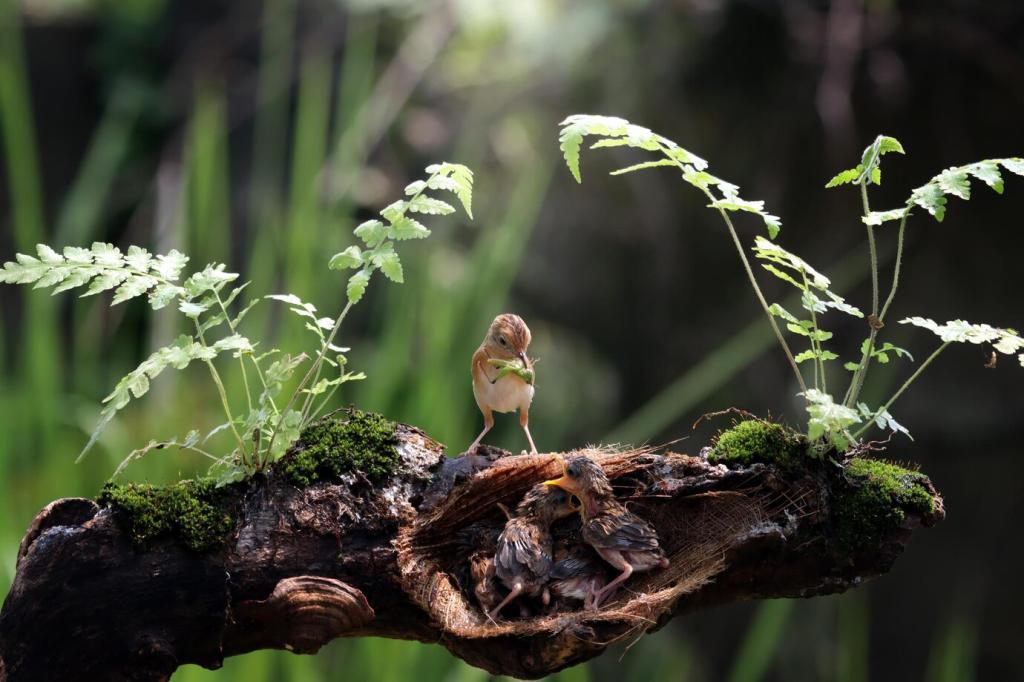Community Science and Local Action
Log bees and butterflies on platforms like iNaturalist or Bumble Bee Watch. Data helps identify local priorities. Comment with your city, and we’ll share volunteer projects near you. Subscribe for monthly challenges and simple observation prompts anyone can try.
Community Science and Local Action
Coordinate with neighbors to stagger bloom times and reduce pesticide use block-wide. Add small signs explaining your choices. Post your corridor map or intent below, and we’ll feature progress updates in our subscriber-only community roundup.










